In the realm of geospatial data acquisition, airborne Light Detection and Ranging (LiDAR) technology stands as a pivotal innovation. This sophisticated technology, which harnesses the power of laser light to measure distances, has transformed the way we perceive and understand the Earth’s surface. It holds particular significance across a spectrum of fields, from topographical mapping and forestry management to urban planning and environmental monitoring. By offering unprecedented precision and detail, airborne LiDAR has become an indispensable tool for experts seeking to conduct in-depth, accurate spatial analysis and modeling.
Airborne LiDAR: A Revolution in Spatial Data Acquisition
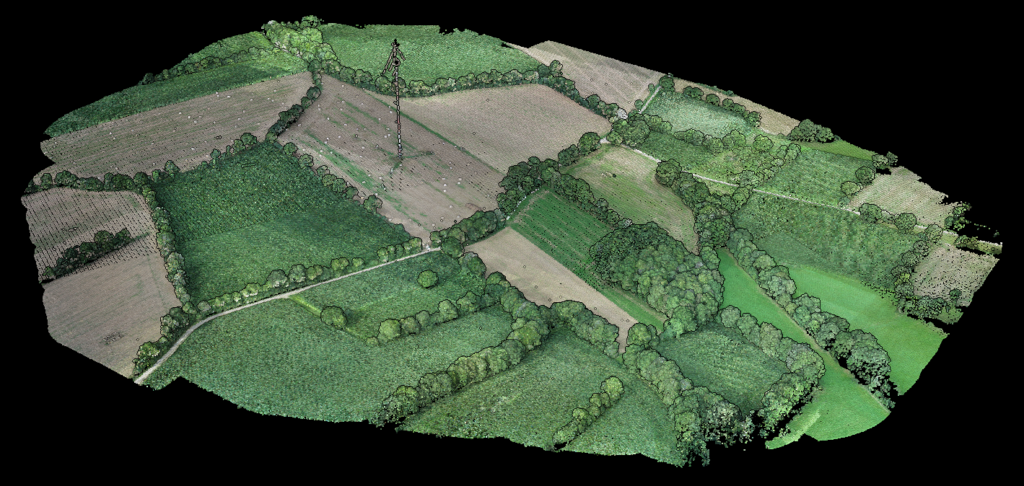
The Core Mechanisms of Airborne LiDAR Technology
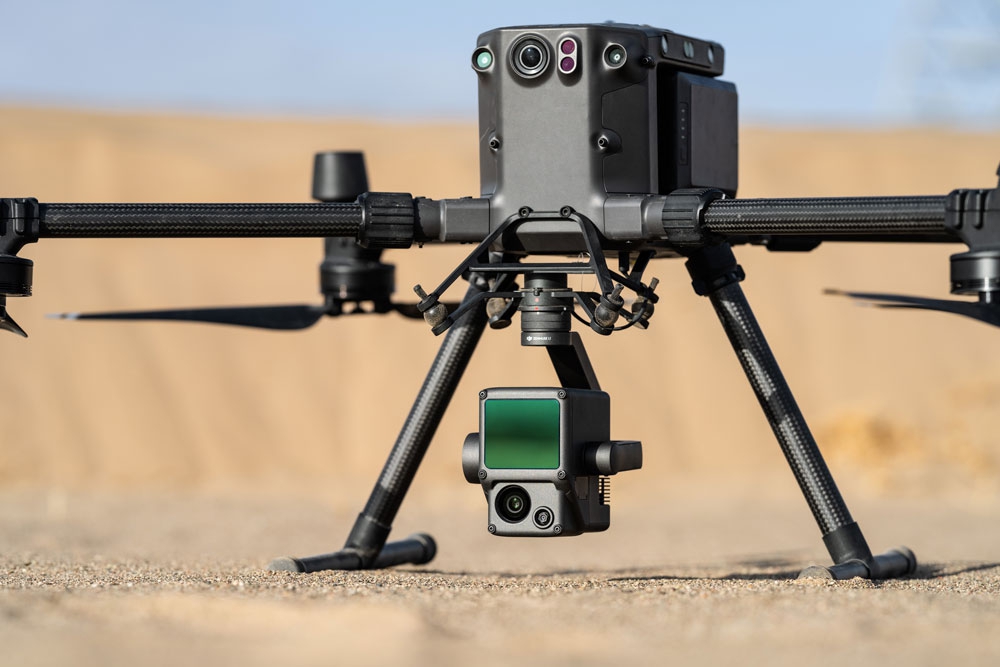
Airborne Light Detection and Ranging (LiDAR) technology, at its core, is an advanced method of remote sensing that uses laser light to measure distances. Unlike its ground-based counterparts, airborne LiDAR offers a bird’s-eye view, enabling extensive area coverage and unparalleled terrain mapping capabilities. The system’s primary components include a laser scanner, Global Positioning System (GPS), and an Inertial Measurement Unit (IMU).
The laser scanner is the heart of LiDAR. It emits pulses of light towards the ground and captures the reflected light to calculate distances. This process, known as ‘time of flight,’ measures the time taken for each pulse to return to the sensor, thereby determining the distance traveled.
GPS plays a crucial role in airborne LiDAR by providing precise geospatial positioning of the aircraft. This data ensures that each laser measurement can be accurately mapped to specific geographic coordinates. The IMU complements this by tracking the aircraft’s speed, orientation, and angle, accounting for any motion that could affect measurement accuracy.
Collectively, these components work in tandem to produce highly accurate, three-dimensional representations of the surveyed area, making airborne LiDAR a revolutionary tool in precision mapping and spatial data analysis.
Navigating the Complexities of Data Collection
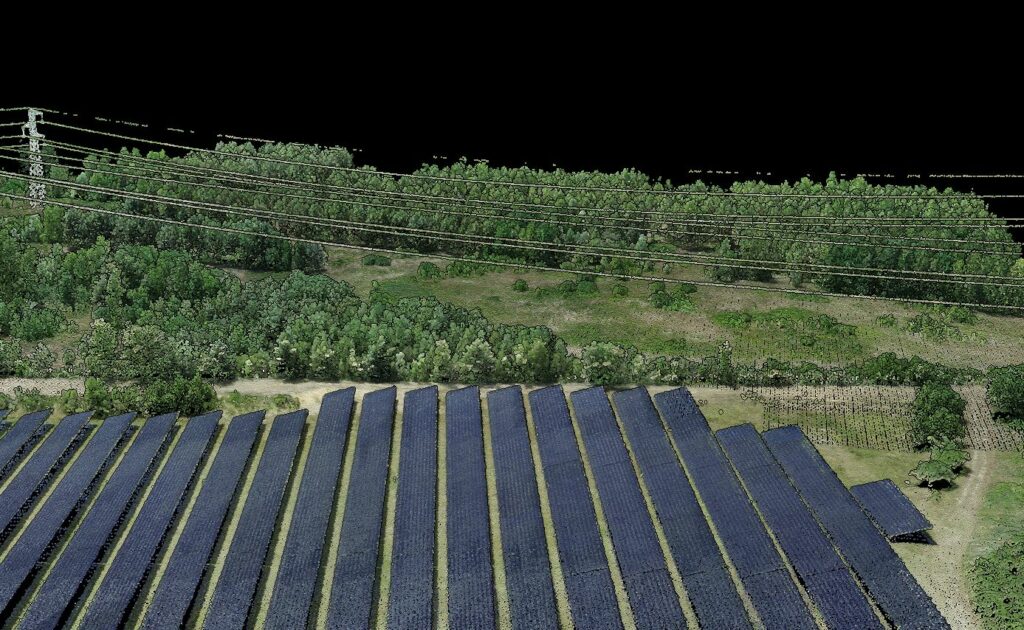
The acquisition of airborne LiDAR data is a meticulous process that balances several critical factors to ensure optimal data quality. One key aspect is the flight altitude, which directly influences the area coverage and resolution of the data. Higher altitudes allow for broader area coverage but can reduce the data resolution, whereas lower altitudes provide finer details at the cost of reduced coverage.
Sensor quality is another crucial factor. High-grade sensors capture more accurate and dense data, crucial for detailed analysis. Environmental conditions also play a significant role; for instance, clear weather conditions are preferred as fog, rain, or clouds can interfere with laser pulse transmission and reception.
The flight plan and speed must be carefully calibrated to optimize data acquisition. This involves planning the flight path to cover the desired area effectively while ensuring overlap between passes to create a cohesive and comprehensive data set.
From Raw Data to Actionable Insights
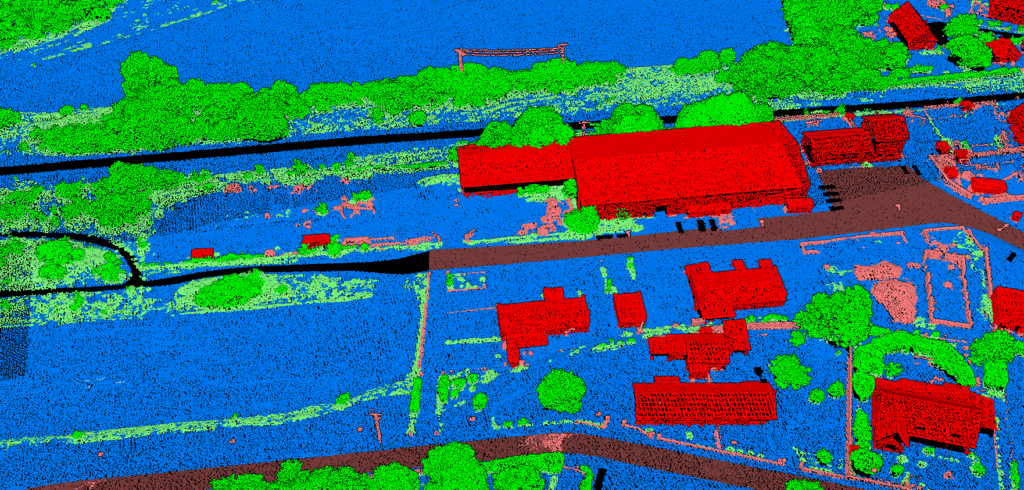
The essence of airborne LiDAR data lies in its point cloud format, a dense collection of spatial data points. Each point in the cloud represents a laser return, carrying information about the surface it reflects off. This raw data, however, requires extensive processing to transform into usable insights.
Processing Steps:
Filtering: Initially, the raw point cloud data contains noise and irrelevant points, like birds or atmospheric anomalies. Filtering is the first step, removing these inaccuracies to enhance data reliability.
Classification: After filtering, points are classified into categories such as ground, vegetation, buildings, and water bodies. This classification is crucial for applications like digital elevation model (DEM) creation, where distinguishing between ground and non-ground points is vital.
Modeling: The final step involves creating models or representations based on the classified data. This can include 3D models of terrain, vegetation analysis for forestry, or urban infrastructure mapping.
Software Tools:
Several specialized software tools facilitate these processing steps. Tools like ArcGIS, QGIS, LASTools, and Terrascan are widely used for their robust processing capabilities. They offer functions for filtering, classification, and sophisticated 3D modeling, allowing professionals to derive meaningful interpretations from the point cloud data.
Lidarvisor is next-generation software, based on AI model, that allows you to automatically classify aerial lidar point clouds without fine-tuning any parameters. Additionally, Lidarvisor leverages cloud computing capabilities to process massive point clouds from anywhere. Compared to complex on-premises software, Lidarvisor simplifies things and can be used by anyone without training.
Through these processing steps, LiDAR point cloud data becomes a powerful resource. It enables professionals to conduct detailed analyses, create accurate models, and make informed decisions based on high-resolution 3D spatial information.
Expanding Horizons: LiDAR’s Versatile Use Cases
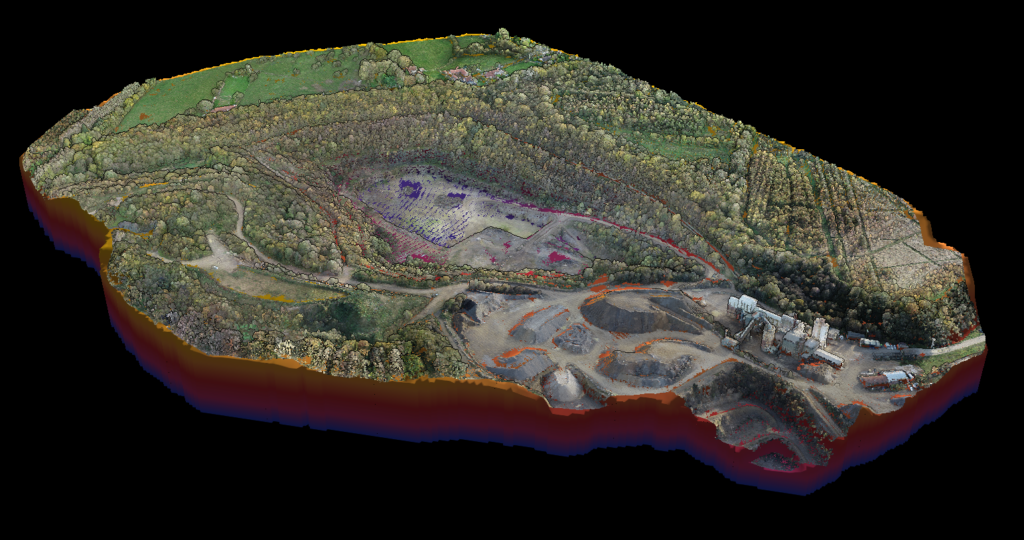
Airborne LiDAR technology has proven to be a versatile tool across various professional domains, offering unique insights and solutions. Particularly the energy sector, which has many use cases.
Topography and Geomorphology: In topographical mapping and geomorphology, airborne LiDAR provides high-resolution terrain data, essential for creating accurate elevation models and analyzing landform structures. Its ability to penetrate vegetation cover allows for detailed ground surface mapping, crucial in erosion studies and landscape change detection.
Forestry and Vegetation Analysis: Foresters leverage LiDAR for assessing forest canopy density, biomass estimation, and species identification. It aids in effective forest management, conservation planning, and carbon stock estimation.
Urban Planning and Infrastructure: Urban planners and architects use LiDAR data to model cityscapes, aiding in infrastructure development, urban sprawl monitoring, and historical preservation. It’s particularly beneficial for simulating scenarios like flood modeling and sunlight exposure analysis.
Archaeology: In archaeology, airborne LiDAR has transformed landscape analysis. It helps in detecting and mapping hidden structures, like ancient ruins and road networks, often obscured by vegetation, thus unraveling historical and cultural insights.
In each of these fields, airborne LiDAR stands as a testament to the power of precise spatial data, enabling professionals to approach their work with greater depth, accuracy, and innovation.
Navigating the Complex Terrain of LiDAR Technology
Despite its significant advantages, airborne LiDAR technology is not without challenges. One major limitation is its dependency on weather conditions; optimal data collection requires clear skies as fog, rain, or clouds can impede laser pulses. The high cost of LiDAR equipment and operations, including the aircraft and advanced sensors, can also be prohibitive for some projects.
Moreover, managing and processing the vast amounts of data generated by LiDAR surveys can be daunting. It requires substantial computing power and specialized software, alongside skilled professionals adept in geospatial analysis. These factors collectively contribute to the complexities and constraints in the widespread adoption of airborne LiDAR technology.
Embracing the Advancements on the Horizon
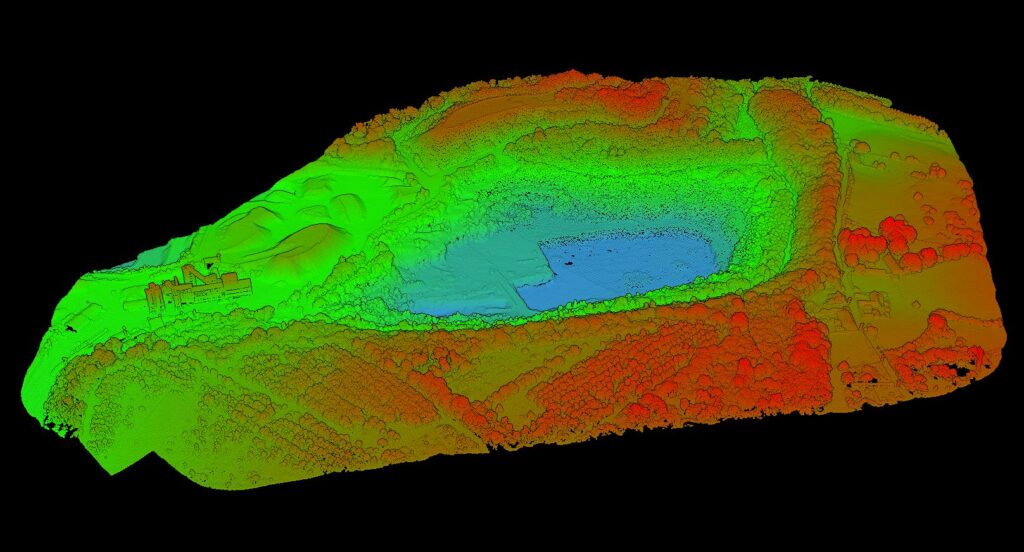
The future of airborne LiDAR technology is marked by continuous innovation and expansion. Emerging trends include the integration of LiDAR with other remote sensing technologies like hyperspectral imaging, enhancing data richness and application potential. Advances in AI and machine learning are set to revolutionize data processing, enabling more efficient and accurate interpretation of complex datasets.
Miniaturization of LiDAR systems is another key development, making the technology more accessible and cost-effective. These advancements promise to broaden the scope of airborne LiDAR applications, making it an even more indispensable tool in various professional domains.
The Enduring Impact of Airborne LiDAR
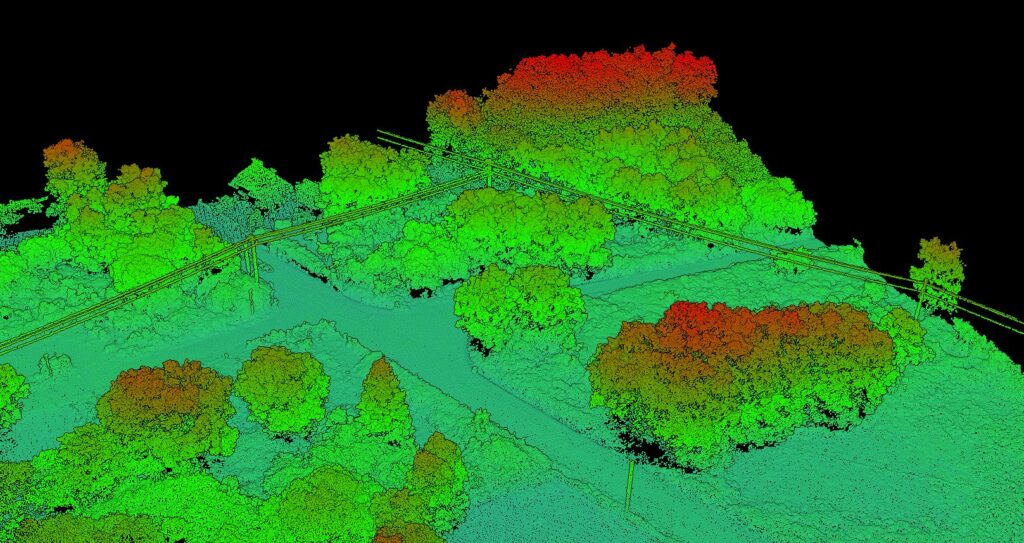
Airborne LiDAR technology has firmly established itself as a cornerstone in precise spatial data acquisition. Its ability to produce high-resolution, three-dimensional representations of the Earth’s surface has been transformative across multiple fields. While it presents certain challenges, the benefits and potential it offers make it an invaluable asset for professionals.
Staying abreast of advancements in LiDAR technology is crucial for experts who rely on accurate spatial data for analysis, planning, and decision-making. As the technology evolves, its applications and impact are set to expand, continually reshaping our understanding and interaction with the world’s landscapes.
